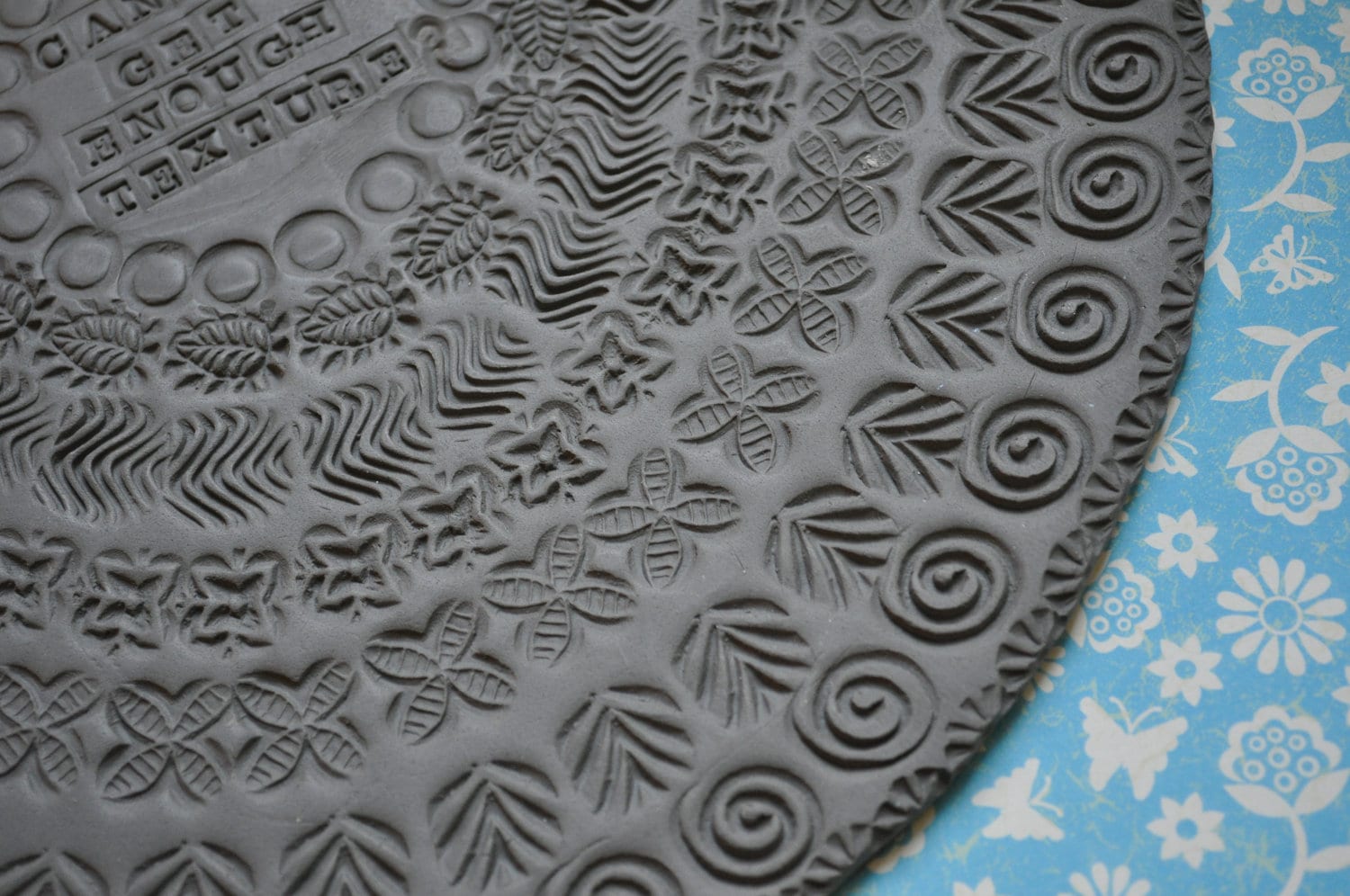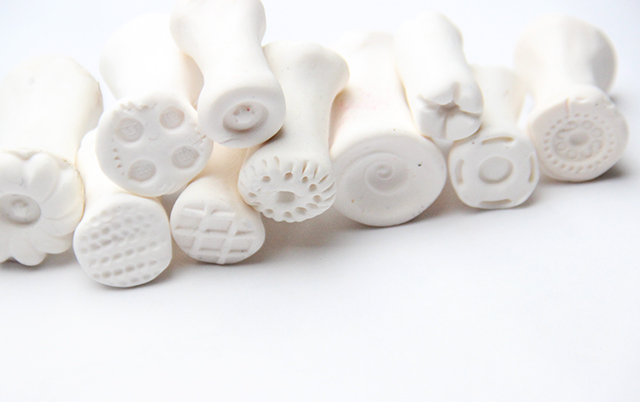

The results are a lovely melding of two ordinarily incompatible art forms, of which they remark, “This is what art looks like when the artists are not afraid to set their works on fire.” “Char Ladders II” by Corrina Sephora.Ĭorrina Sephora contributes a char rendering of ladders that was produced by removing metal sculptural forms direct from the forge and applying them to water-soaked paper. Burch provide the most unconventional approach to collaboration and materials, producing spectacular abstractions in which molten glass has been poured over wood, with the wood narrowly rescued before its incineration. Sculptor Doug Pisik and glass artist Robert G.

Chad Awalt’s wooden sculptures of figures reduced to a few minimal elements bear the names of wood spirits and Greco-Roman goddesses, as noted in his captions. The elements are far from elemental in their consequences.Įven artwork that engages most directly with nature has historical dimensions. As with so many other works in this show, history and nature collide and intermingle confusingly.
4 elements of nature clay stamps series#
Joseph Guay’s The Purity of War series is formed from the detritus of natural materials transmuted into military ordnance and then into artwork: nickel-plated gas canisters, fuel pumps, grenades and vintage mortar rounds, for example, or gunpowder embedded in resin to create a skull sculpture. “Purity of War (Dual Grenade)” by Joseph Guay. Hayes’ delicate yet powerful ceramic forms are made is self-evidently symbolic but just how symbolic becomes apparent only upon reading of his deeper intentions and meditations on Afrofuturism and African diaspora culture (other Hayes works are on view in an exhibition at Atlanta’s Whitespace Gallery through Saturday). Without violating the focus on the four elements, Beck has dealt adroitly with issues of ethnic identity, the global environment and any number of other topics, although this becomes apparent only upon reading the text blocks accompanying the artwork. We also encounter work by Eloisa Gallegos Hernandez that uses tea as a drawing medium, but tea’s relationship to water and the earth may look different eventually if we pay sufficient attention to Christina Kwan’s acrylic ink and pen on paper abstractions based on landscapes, which turn out reflect her complex relationship with an East Asian heritage that she loves but cannot make fully her own. In very short order, we then encounter work by Pam Longobardi made from plastic debris cast from oceans onto the world’s shores. that incorporate Georgia clay into patterned Dutch wax cloth that carries with it a complex story from Africa.

combine Georgia clay and Dutch wax cloth.We also find fabric sculptures by Jamele Wright Sr. combine Georgia clay and Dutch wax cloth.įabric sculptures by Jamele Wright Sr.

Eventually we also encounter her fascination with ancestral narratives of the Gullah or Geechee inhabitants of the coastal Lowcountry. In the introductory gallery, for example, we find work by Eleanor Neal featuring pigments pulled from living plants onto paper, and as we encounter further work by Neal, we learn of her interest in the parallels between literal forces of nature such as water and our psychological forces in terms of depths and fluidities. The artists and artwork she chose have met the challenge superbly, and the wall text she’s provides defines the questions brilliantly without spelling things out excessively. The Four Elements, the subject of a group exhibition at the Marietta Cobb Museum of Art through June 20, were long regarded as the fundamental building blocks of matter in much of the ancient Eurasian world, although immaterial voidness was added to fire, water, earth and air in India, and cultures under the influence of one Chinese system added wood and replaced air with metal.Ĭurator Madeline Beck wondered what it would be like to explore the use of traditional elements in a contemporary world where we know that things are much more complicated chemically and socially.


 0 kommentar(er)
0 kommentar(er)
